| Before engineers design a solution to a problem it is important to collect evidence to support thinking. To say that a material should be used without the evidence to back it up is non-scientific. Second graders must make a recommendation to Mrs. Brinza as to the type of material she should use in a bib for her daughter who is learning to use an open cup. They're designing an investigation to see which material absorbs the most liquid. We'll be comparing our data soon...so be on the lookout for our results! |
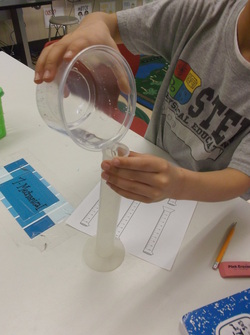 Before second graders use liquids to solve an engineering design challenge, it's important that they know how to measure them. Using a graduated cylinder, second graders are finding the volume of liquids by measuring in milliliters (mL). It is important to get at eye-level when measuring liquids because they can create a curve (meniscus). We measure the volume of a liquid from the base of the meniscus to get an accurate measure. We'll be pouring, measuring, and recording the volume of water. Way to go second grade! 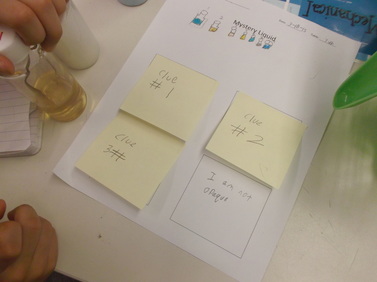 With all of their testing completed, second graders are putting all their data to good use! They're communicating to their friends about different mystery liquids. Each clue about a liquid reveals one property of it. For example... "I don't flow quickly!" reveals that the mystery liquid is viscous. "I am not opaque" tells us that the mystery liquid also doesn't let light through it. Awesome thinking and working second grade!
Now that second graders have completed many tests on both solids and liquids, they are filled with confidence to design their own investigations to determine new properties of liquids! Check out the work of three different student groups who noticed new properties of different liquids. These three groups want to complete a "Bubble Test," a "Fast and Slow Test," and a "Sticky Test!" Awesome job designing your own investigations second grade!
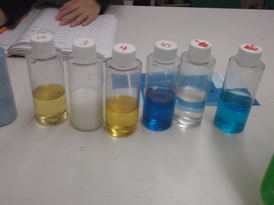 Now that second graders have officially defined a solid and examined the many different types of properties solids can have, we've ventured on to liquids! What makes a liquid a liquid? Well, it takes the shape of its container, of course. Oh! And it's wet! Second graders are investigating seven different mystery liquids. Knowing what they liquids are is NOT important, but understanding that their properties are unique just like solids are is the key! Their first two tests involve identifying the liquids' colors and their ability to transmit light through them (opaque/translucent/transparent). They'll be creating their own tests soon to determine NEW properties of liquids. How cool! |
Mrs. BrinzaQ: What would a polar bear telephone operator say? Archives
June 2015
Categories |
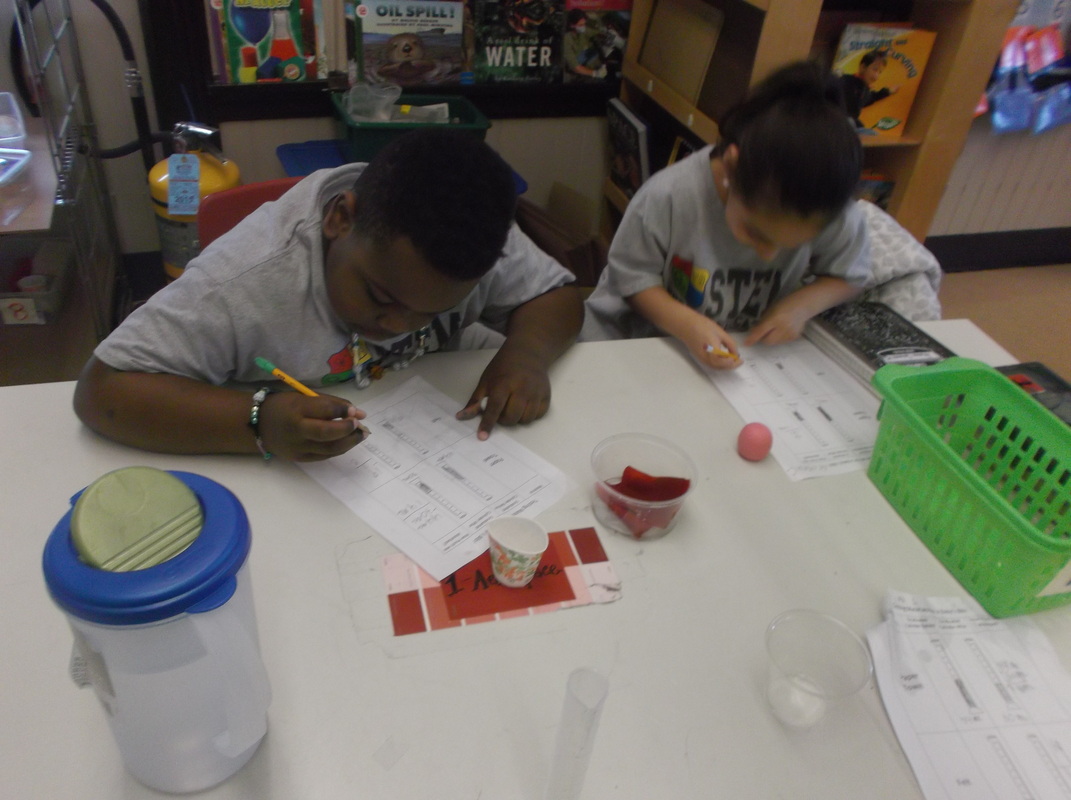
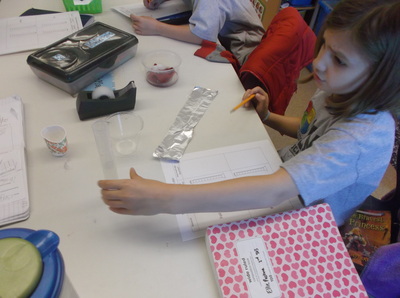
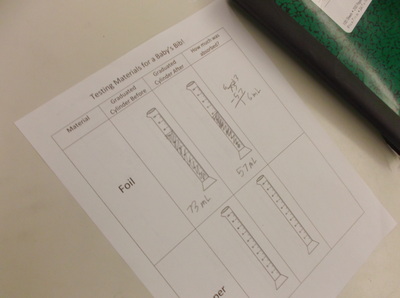
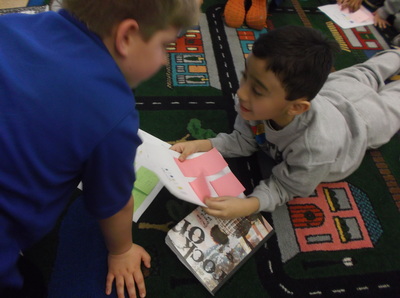
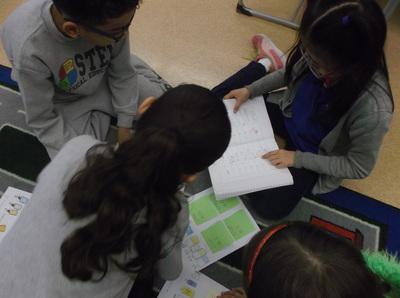
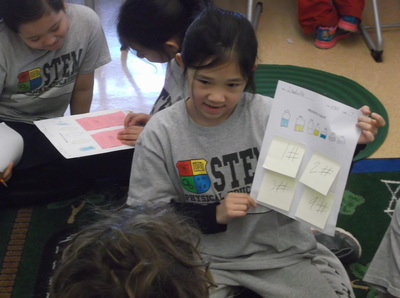
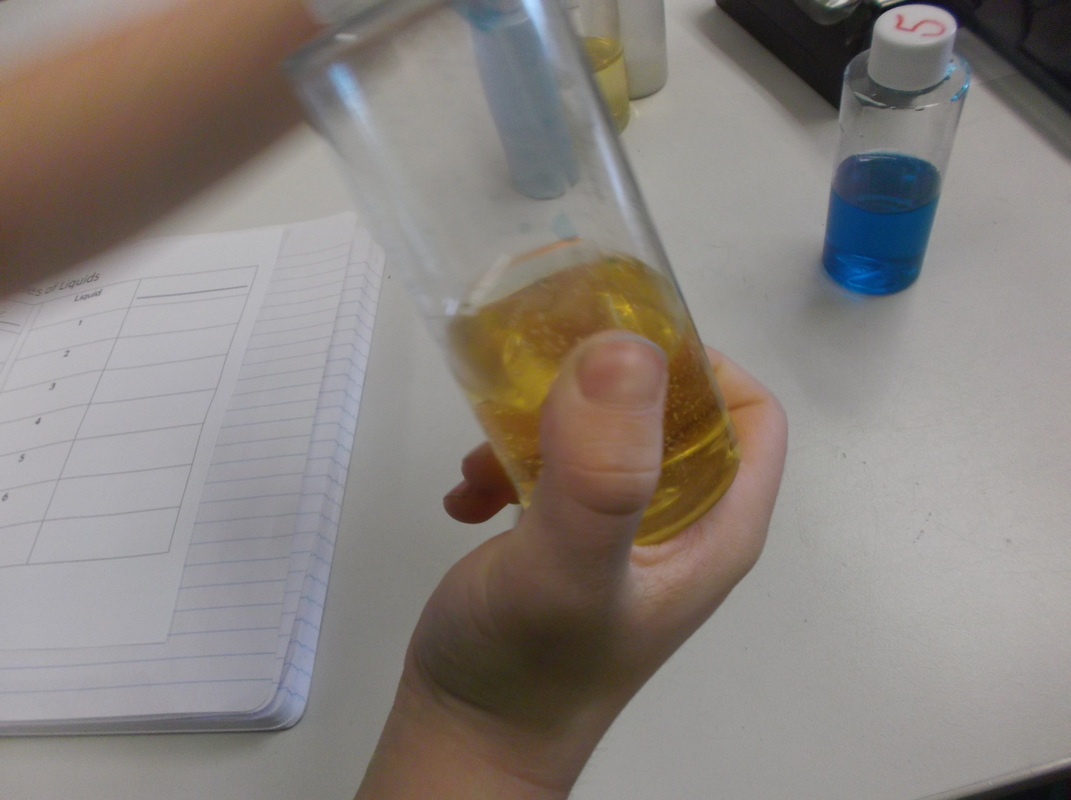
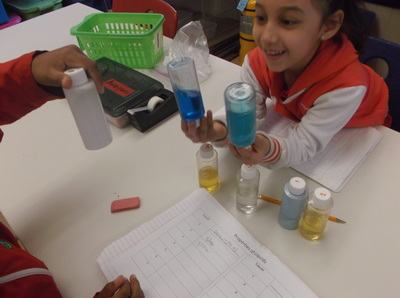
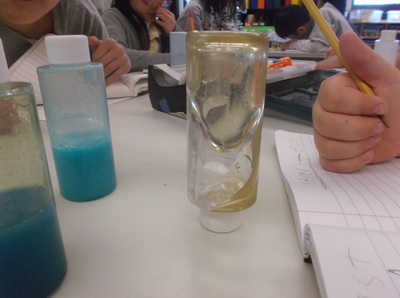
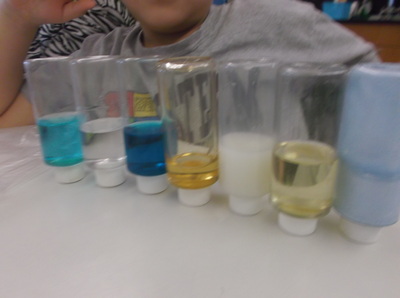
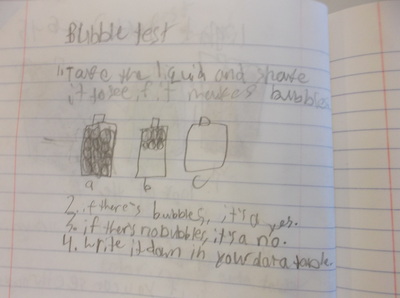
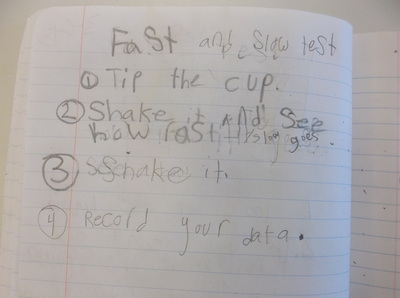
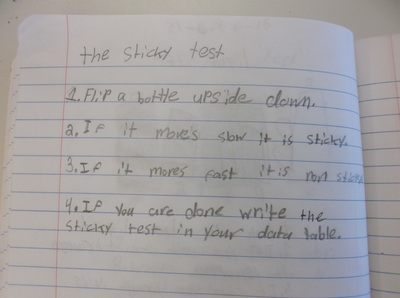
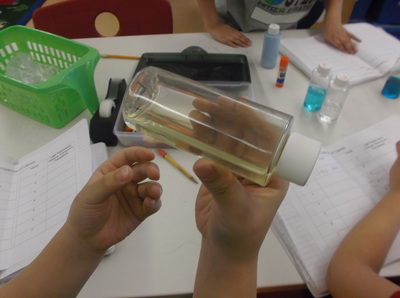
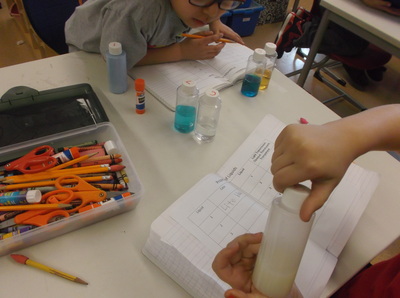
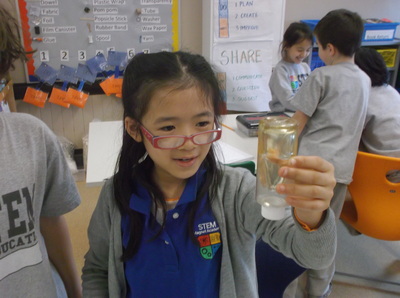
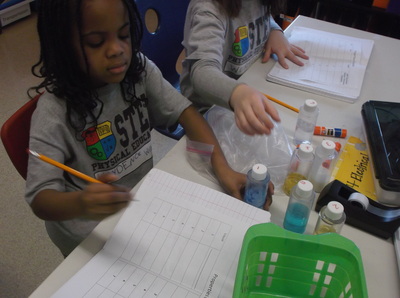
 RSS Feed
RSS Feed